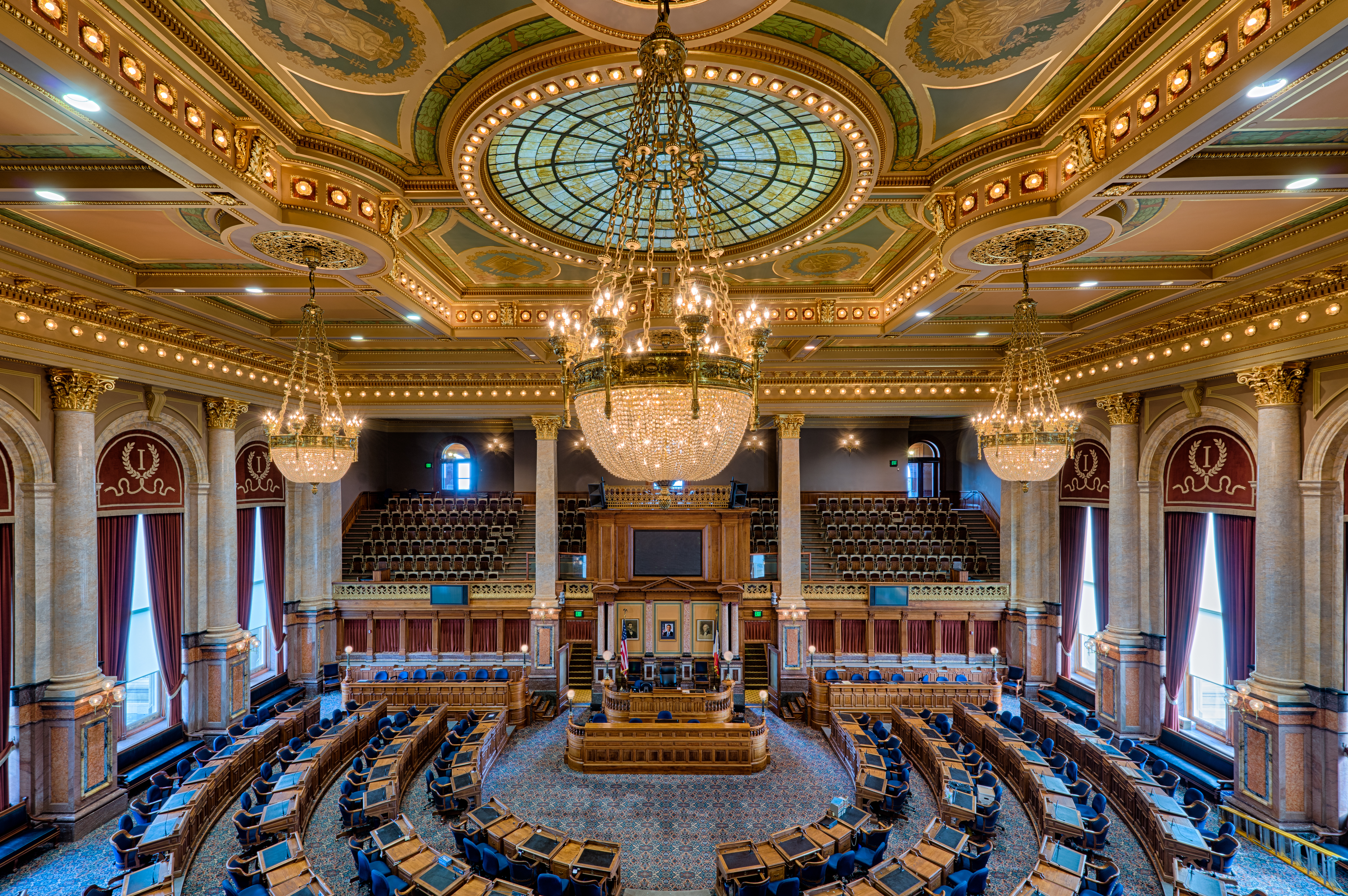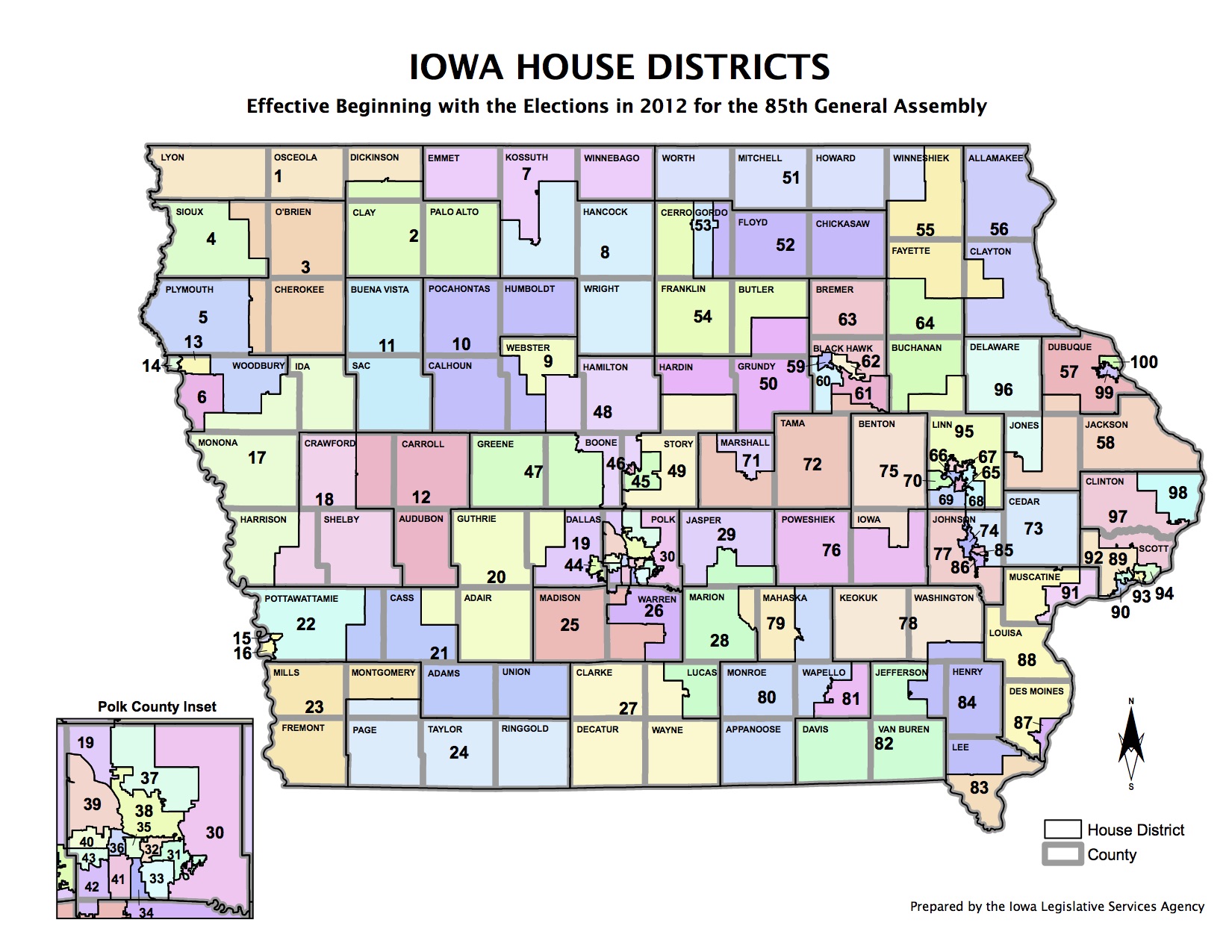In some states, gerrymandering predetermines the outcome of most legislative races. But many Iowa House and Senate districts are in play every election year, thanks to our non-partisan redistricting system.
Drawing on voter registration totals, recent voting history, absentee ballot numbers, and where Democratic or Republican leaders have made large expenditures, I’ve identified the state House seats most likely to indicate whether Democrats can win control of the lower chamber, where Republicans now enjoy a 59-41 majority.
The districts are grouped in four categories: Democratic-held open seat, Republican-held open seats, Democratic incumbents facing strong challengers, and GOP incumbents facing strong challengers.
Continue Reading...




